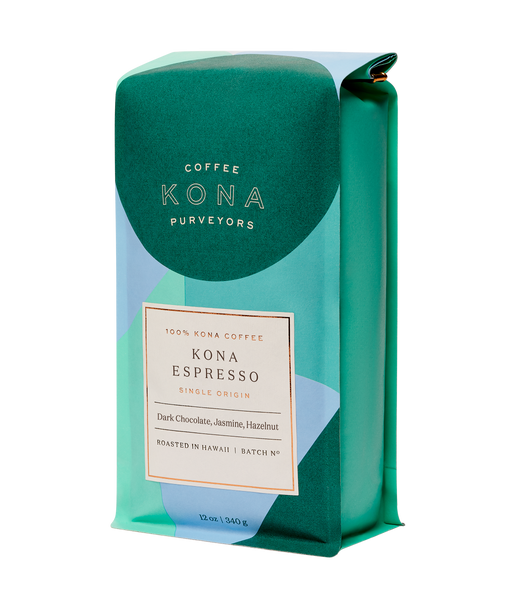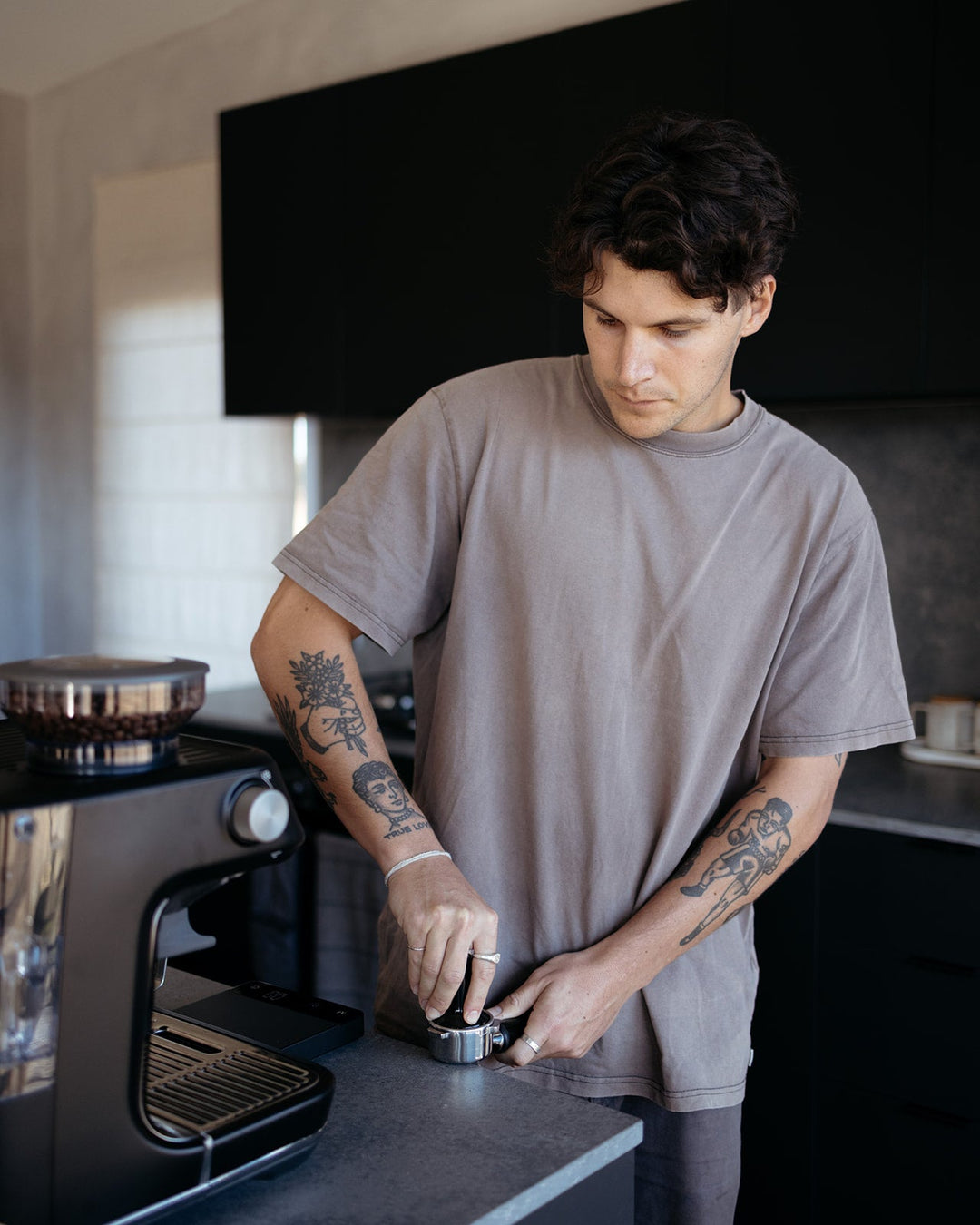The Rising Popularity of Choosing SOE Single Origin Espresso at Home
The Rising Popularity of Choosing SOE Single Origin Espresso at Home
Blog Article
Coffee Beans 101: Whatever You Need to Learn About Coffee and Blended Coffee Beans
When it comes to coffee, comprehending the subtleties of espresso and blended beans can change your everyday mug. From the growing procedure to roasting techniques, every step plays a role in your coffee experience.
Recognizing Coffee Beans: Selections and kinds
When diving right into the globe of coffee, comprehending the types and selections of coffee beans is necessary for every single fanatic. You'll primarily run into two major species: Arabica and Robusta. Arabica beans are recognized for their smooth, complex tastes and reduced caffeine content, making them a preferred amongst coffee enthusiasts. On the various other hand, Robusta beans load a punch with a stronger, extra bitter taste and higher high levels of caffeine degrees, commonly used in espresso blends.
Within these species, you'll discover different local varieties, each bringing one-of-a-kind characteristics. For instance, Ethiopian Yirgacheffe supplies bright floral notes, while Colombian beans offer a well-balanced taste account. As you explore, remember to focus on processing techniques like cleaned or all-natural, as they can greatly influence the final taste. By familiarizing yourself with these beans and their flavors, you'll raise your coffee experience and make more educated selections in your brewing journey.
The Expanding Refine: From Seed to Bean
When you discover the journey of coffee, everything starts with seed option techniques that establish the structure for high quality. From there, cultivation and gathering play vital duties in making sure the beans grow. Handling methods transform those collected cherries into the coffee beans you love.
Seed Option Techniques
Selecting the ideal seeds is vital for producing high-quality coffee beans, as it lays the foundation for the whole growing procedure. You must start by choosing seeds from trustworthy resources that prioritize top quality and genetic diversity. Search for selections known to thrive in your particular environment and dirt problems. Focus on the seed's age and storage problems, as fresh seeds have a tendency to sprout better. When possible, select natural seeds to lessen direct exposure to harmful chemicals. Consider the illness resistance of various selections, as this can considerably impact your return. Do not wait to seek advice from with neighborhood farmers or experts to acquire insights into the finest seed options for your area. This understanding will enhance your coffee-growing experience.
Cultivation and Harvesting
As you nurture your coffee seeds right into flourishing plants, recognizing the cultivation and harvesting process is vital for achieving the most effective taste and high quality. Begin by planting your seeds in well-draining dirt, preferably in a shaded location to shield them from direct sunshine. As your plants expand, preserve regular wetness, and be mindful of their requirement for nutrients. Prune on a regular basis to promote airflow and healthy development.
Hand-picking is often the ideal technique to assure only the ripest cherries are selected. Timing is crucial; gathering too late or also very early can affect the flavor account of your beans.

Handling Methods Clarified
When you've collected your coffee cherries, the following essential step is refining them to transform those vibrant fruits right into the beans you'll make. There are 2 primary techniques: the damp procedure and the dry process. In the completely dry process, you spread out the cherries out in the sun to dry, permitting the fruit to ferment and present special tastes to the beans. On the other hand, the damp process involves removing the fruit right away and fermenting the beans in water, causing a cleaner preference. After processing, the beans are hulled, sorted, and normally dried once again. Each technique influences the taste profile, so explore both can aid you uncover your favored brew. Recognizing these techniques is vital to appreciating your coffee experience.
Toasting Strategies: How Taste Is Created
When it comes to toasting coffee beans, understanding roast degrees is key to revealing their unique flavors. Each roasting technique influences the scent and improves the flavor advancement process, providing you a richer coffee experience. Allow's discover exactly how these aspects come with each other to elevate your daily brew.
Roast Levels Described
Roast degrees play a necessary role in shaping the taste account of your coffee. By recognizing these levels, you can better choose a coffee that matches your taste choices. Experiment with various roasts to find which one reverberates with you, boosting your overall coffee experience and enjoyment.
Influence On Scent
The roast level not only influences the taste of your coffee yet additionally substantially affects its scent. When you pick a light roast, you'll usually observe brilliant, floral notes that can make your coffee odor lively and fresh. As the beans darken, the aroma shifts; a tool roast draws out much more balanced, caramelized aromas, while a dark roast tends to feature strong, smoky undertones. Each toasting strategy releases various unstable substances, forming how your coffee smells. Additionally, the quality of the beans plays an important role; newly baked coffee releases a lot more aromatic oils, improving that luring fragrance. So, take note of the roast level-- it's essential to exposing the complete aromatic experience of your mixture.
Taste Advancement Process
As you check out the flavor development procedure, you'll find that roasting techniques play a vital role in shaping the taste profile of your coffee. The toasting temperature level and time straight affect the acidity, sweet taste, and bitterness of the beans. Light roasts maintain more of the bean's initial tastes, highlighting flower and fruity notes. Medium roasts equilibrium acidity and body, offering a well-rounded taste. Dark roasts, on the other hand, highlight strong, smoky features while reducing the bean's fundamental high qualities. Throughout toasting, chemical responses, like the Maillard reaction and caramelization, change the beans and boost their complexity. Trying out different roasting degrees can help you discover your perfect brew, so do not be reluctant to taste and uncover the rich spectrum of tastes!
Espresso vs. Blended Coffee: Key Distinctions
Coffee and combined coffee each offer distinct experiences that provide to various preferences and choices. Coffee is a concentrated coffee brewed by requiring go to my site warm water via finely-ground coffee beans, resulting in an abundant, vibrant taste and a creamy layer of crema ahead. It's typically appreciated as a shot or used as a base for drinks like cappuccinos and lattes.
On the other hand, blended coffee integrates different beans from various areas, producing an extra well balanced taste account. You'll usually find blends that highlight sweetness, body, or acidity, making them functional for various brewing methods. While espresso concentrates on intensity, blended coffee might supply a wider variety of flavors that can alter with each sip.
Eventually, your choice in between espresso and blended coffee boils down to your personal preference. Whether you hunger for a quick shock or a leisurely mug, both alternatives have something scrumptious to supply.

Brewing Methods: Opening the Perfect Mug
When it involves brewing coffee, finding the right method can transform your experience and boost your mug. Each brewing technique has its distinct appeal and can significantly impact your coffee's flavor and scent. For example, using a French press allows you to take pleasure in a robust and abundant brew, while a pour-over method offers a clean, bright mug with distinctive flavors.
If you favor espresso, purchasing a quality equipment can assist you master the art of drawing shots. Alternatively, for convenience, a single-serve shuck system uses speed without compromising preference.
Do not neglect about cold brew, which supplies a smooth, less acidic coffee ideal for warm days. Trying out various techniques to discover what resonates with your taste. Each brewing method opens a brand-new world of opportunities, so take i loved this the time to discover and find your excellent mug. Delighted brewing!
Sampling Notes: Identifying Taste Profiles
Just how can you absolutely appreciate your coffee if you do not recognize what tastes to look for? Tasting notes are your guide to comprehending the complex world of coffee. Some coffees may leave a chocolatey or sugar aftertaste, while others may have an intense, tidy coating.
Consider the body of the coffee, also; is it airy and light or thick and syrupy? Don't neglect acidity; a bright level of acidity can add life, while a low level of acidity could provide a smoother experience. By identifying these taste profiles, you'll strengthen your connection with each mug, making coffee tasting a wonderful trip of exploration.

Tips for Choose and Keeping Coffee Beans
Keeping and choosing coffee beans properly can significantly enhance your developing experience. Start by picking top quality beans that fit your preference. Search for quality; beans baked within the last two weeks are suitable. Check the roast date on the product packaging, and acquire from credible roasters or neighborhood shops.
As soon as you have your beans, keep them in an airtight container to prevent direct exposure to air, dampness, and light. A dark, cool area works best, so stay clear of maintaining them in the refrigerator or freezer, as this can introduce moisture. Only grind the quantity you require to maintain quality; entire beans preserve flavor longer than pre-ground coffee.
Last but not least, try to utilize your beans within two to four weeks after opening for peak preference. Following these pointers will certainly ensure your coffee stays pleasurable and tasty, elevating your day-to-day mixture to brand-new heights.
Often Asked Inquiries
How Long Do Coffee Beans Remain Fresh After Roasting?
Coffee beans remain fresh for regarding two weeks after toasting - SOE. You must keep them in a closed container, away from light and wetness. Afterwards, their flavor and fragrance begin to diminish considerably

Can I Mix Different Coffee Bean Varieties?
Definitely, you can blend various coffee bean ranges! Trying out blends can enhance tastes and develop an unique preference profile. Just see to it to balance the toughness and characteristics of each variety for the finest outcomes.
What Is the Suitable Grind Size for Coffee?
For espresso, you'll want a great grind dimension, concerning the appearance of common salt. This allows ideal removal, resulting in an abundant, tasty shot. Experiment a bit to locate what go right here fits your preference best!
How Does Elevation Affect Coffee Bean Flavor?
Elevation influences coffee bean taste by influencing the growth price and chemical make-up. Greater altitudes bring about slower growth, which boosts level of acidity and complexity, providing your coffee a distinct and dynamic taste you won't forget.
Are There Decaffeinated Variations of Coffee Beans?
Yes, there are decaffeinated versions of espresso beans. You can take pleasure in an abundant espresso taste without the caffeine kick. Simply look for "decaf" blends at your neighborhood coffeehouse or specialized store.
Coffee Beans 101: Everything You Required to Know About Coffee and Blended Coffee Beans.
When diving into the world of coffee, recognizing the kinds and selections of coffee beans is essential for every lover.When it comes to roasting coffee beans, recognizing roast levels is key to exposing their one-of-a-kind flavors. Coffee is a focused coffee made by compeling hot water through finely-ground coffee beans, resulting in an abundant, strong taste and a creamy layer of crema on top.On the various other hand, blended coffee integrates various beans from various areas, developing an extra well balanced taste profile.
Report this page